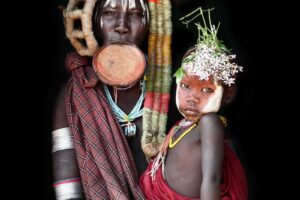India is a country located in the Asian continent and is home to approximately 18% of the world’s population. Renowned for its historical and cultural richness, India is a civilization with a history spanning thousands of years. In this article, I will provide a general overview of India’s geographical features, history, culture, economy, and social structure.

India has a rich history, with ancient civilizations, empires, and great kingdoms having thrived within its borders. It has witnessed the rise of civilizations such as the Indus Valley Civilization in around 2500 BCE, followed by the Aryan civilization, the Maurya Empire, the Gupta Empire, the Delhi Sultanate, and the British Empire. Modern India was established with its independence in 1947.

India’s economy ranks among the top ten largest economies in the world. It has a robust industrial sector in areas such as information technology, automotive, pharmaceuticals, telecommunications, and textiles. Additionally, agriculture plays a significant role in the country’s economy. India is one of the world’s largest producers of rice, wheat, sugarcane, and corn.
India’s social structure encompasses a complex caste system and various social hierarchies. The caste system assigns individuals to specific occupational groups based on their birth. While the system has evolved over time, it still retains influence in certain regions.



















Add Comment